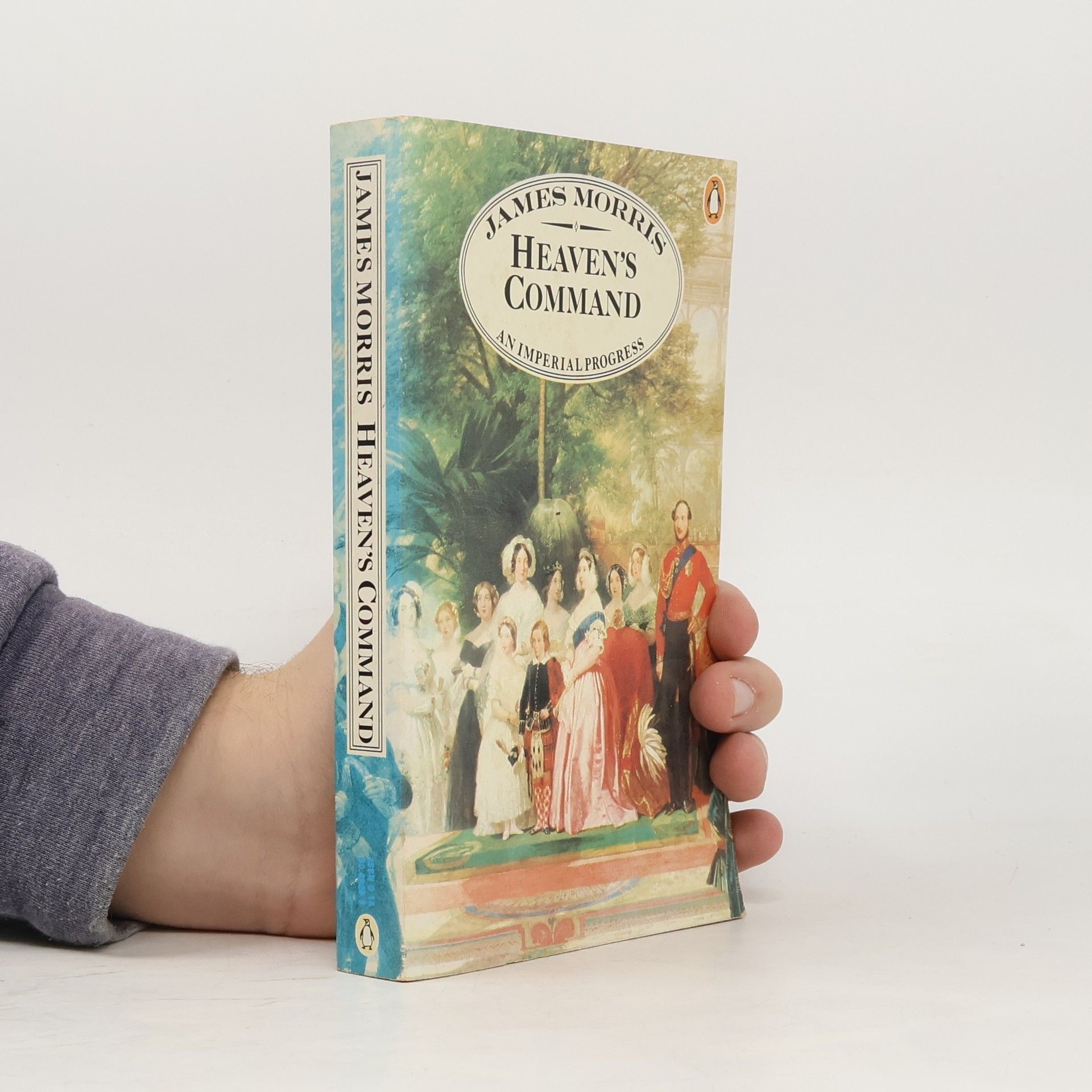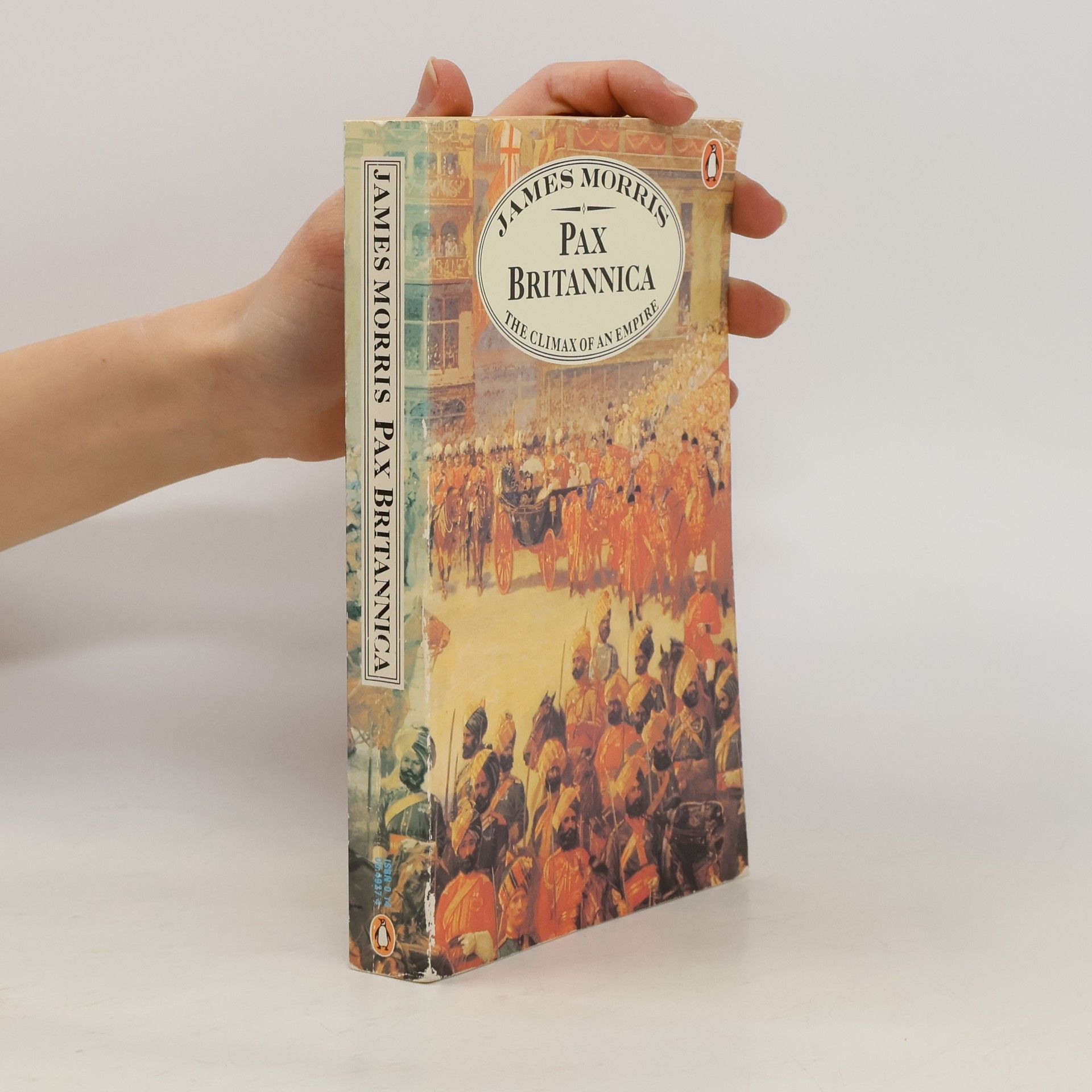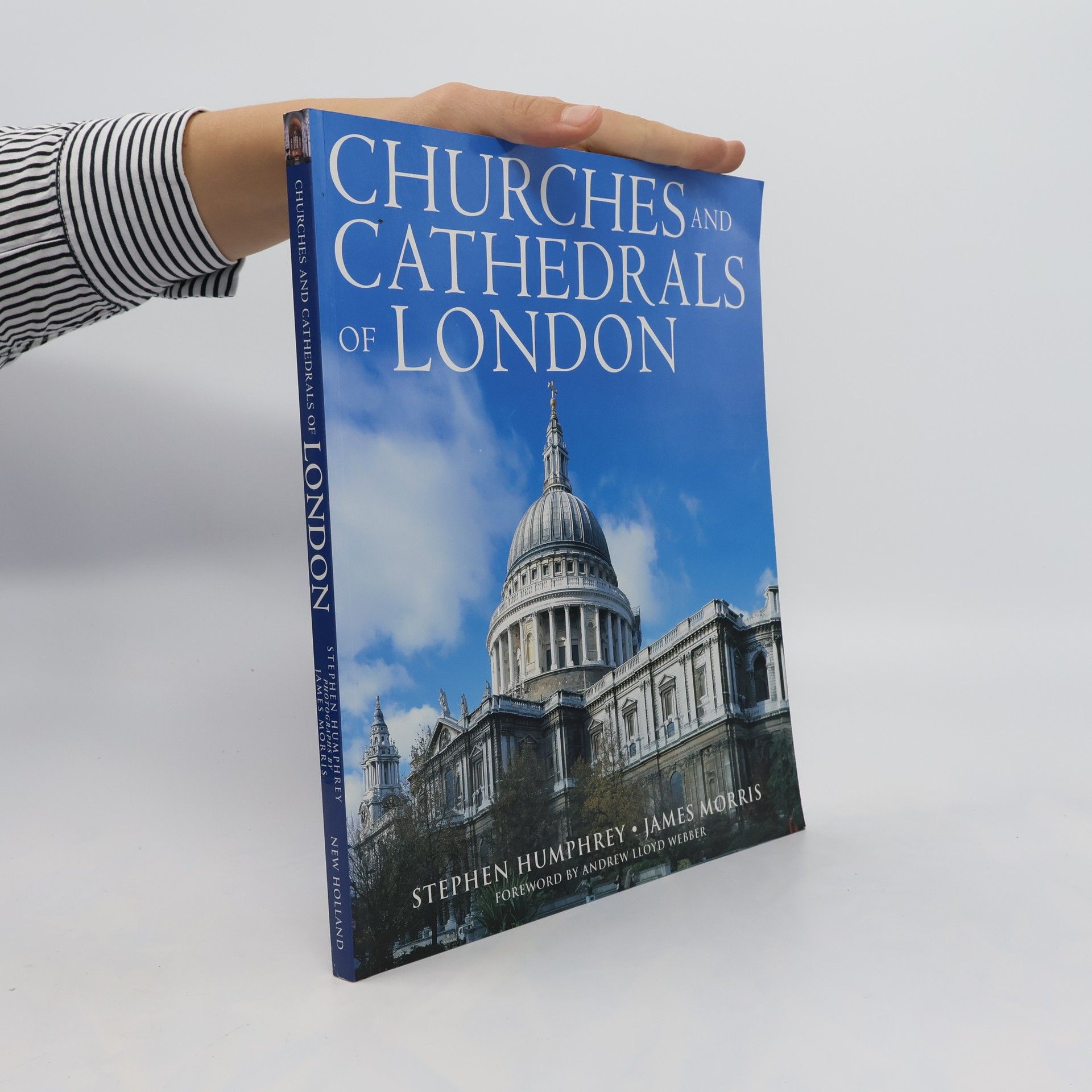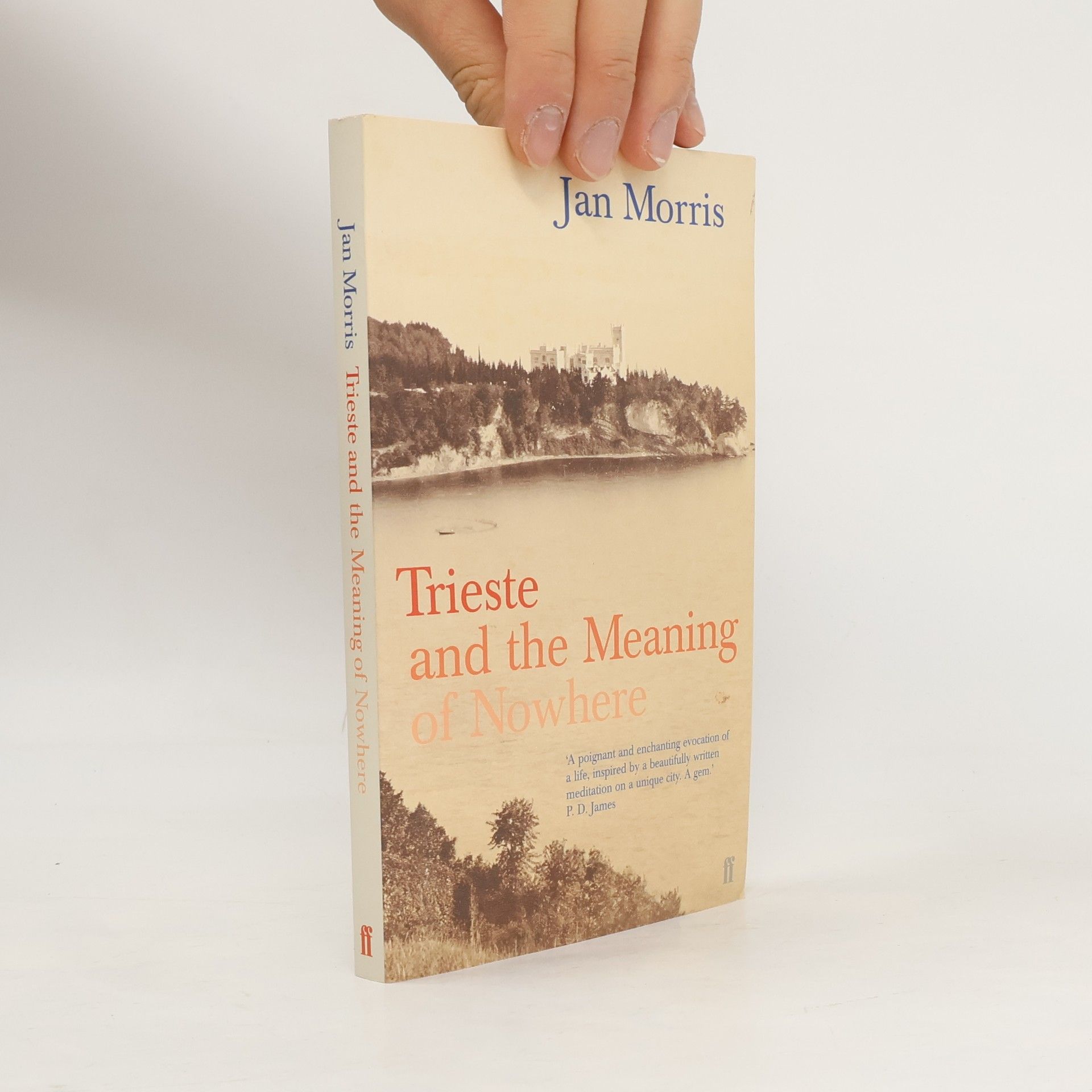Farewell the Trumpets
- 576 stránek
- 21 hodin čtení
Farewell the Trumpets: An Imperial Retreat traces the momentous decline and fall of the greatest of empires - from Queen Victoria's Diamond Jubilee to the death of Winston Churchill in 1965.
Jan Morris byla britská historička a autorka cestopisů, která se proslavila zejména trilogií Pax Britannica, historií Britského impéria. Ve své tvorbě se věnovala také portrétům měst, jako jsou Oxford, Benátky a Hongkong, a zkoumala velšskou historii a kulturu. Morrisin styl se vyznačoval pronikavou inteligencí a poetickým jazykem, kterým oživovala historii a geografii. Její dílo je ceněno pro svou schopnost zachytit ducha míst a období s mimořádnou hloubkou a empatií.






Farewell the Trumpets: An Imperial Retreat traces the momentous decline and fall of the greatest of empires - from Queen Victoria's Diamond Jubilee to the death of Winston Churchill in 1965.
Jan Morris (then James) first visited Trieste as a soldier at the end of the Second World War. Since then, the city has come to represent her own life, with all its hopes, disillusionments, loves and memories. Here, her thoughts on a host of subjects - ships, cities, cats, sex, nationalism, Jewishness, civility and kindness - are inspired by the presence of Trieste, and recorded in or between the lines of this book.Evoking the whole of its modern history, from its explosive growth to wealth and fame under the Habsburgs, through the years of Fascist rule to the miserable years of the Cold War, when rivalries among the great powers prevented its creation as a free city under United Nations auspices, Trieste and the Meaning of Nowhere is neither a history nor a travel book; like the place, it is one of a kind. Jan Morris's collection of travel writing and reportage spans over five decades and includes such titles as Venice, Coronation Everest, Hong Kong, Spain, Manhattan '45, A Writer's World and the Pax Britannica Trilogy. Hav, her novel, was shortlisted for the Booker Prize and the Arthur C. Clarke Award.
A richly illustrated pictorial celebration of London's churches and cathedrals within Greater London.
This centerpiece of the trilogy captures the British at the height of their vigor and self-satisfaction, imposing their traditions and tastes, their idealists and rascals, on diverse peoples of the world.
The opening volume of Morris’s “Pax Britannica Trilogy,” this richly detailed work traces the rise of the British Empire, from the accession of Queen Victoria to the throne in 1837 to the celebration of her Diamond Jubilee in 1897. Index. A Helen and Kurt Wolff Book
A history of the city derived from its architecture from Manchu days through to the exciting 90s. Hong Kong's ever changing cityscape is breathtaking, not only for its nocturnal glitter as seen from the heights of Victoria Peak but for the architectural diversity of its shimmering towers of commerce. This remarkable sweep of history is captured in stunning photography, and supported with a lively and evocative essay by historian and travel writer Jan Morris.
"Glass Houses explores daring and dynamic glass homes all over the world, plus examples of glass as an element of interior design. The first chapter, Pioneers, discusses the work of the architects of the last century who embraced the potential of glass, including Mies van der Rohe, Richard Neutra, John Lautner and Richard Rogers. Glass Structures looks at innovative contemporary homes where glass plays a significant role in the construction. Landscape Houses and Urban Houses explore homes where glass has been used to marry the interior and exterior through a dramatic use of windows and walls of glass. Finally, Glass Features considers the increasingly popular use of glass as an element of interior design. This is essential reading for all those wanting to learn more about contemporary architecture, keen to build a house where glass plays a major role or to introduce striking glass elements to an existing home."--Publisher's description
King James I once said that if he were not a king he would like to be an Oxford man. `I was a modest, good-humoured boy,' wrote Max Beerbohm, `it is Oxford that has made me insufferable.' An entertaining blend of fact and anecdote, this is a classic account of the character, history, mores, buildings, climate, and people of a unique city, which has given its name to a marmalade, bags, a grey, shoes, a Group, a Movement, a dictionary, and an accent. Written in elegant, witty prose, this is a delightful portrait of the home of the MG and the university which educated twenty-three British prime ministers. - ;King James I once said that if he were not a king he would like to be an Oxford man. `I was a modest, good-humoured boy,' wrote Max Beerbohm, `it is Oxford that has made me insufferable.' An entertaining blend of fact and anecdote, this is a classic account of the character, history, mores, buildings, climate, and people of a unique city, which has given its name to a marmalade, bags, a grey, shoes, a Group, a Movement, a dictionary, and an accent. Written in elegant, witty prose, this is a delightful portrait of the home of the MG and the university which educated twenty-three British prime ministers. -
Europe has been widely acclaimed as among the finest achievements of 'one of our greatest living writers' (The Times). A personal appreciation, fuelled by five decades of journeying, this is Jan Morris at her best - at once magisterial and particular, whimsical and profound. It is a matchless portrait of a continent.
Often hailed as one of the best travel books ever written, Venice is neither a guide nor a history book, but a beautifully written immersion in Venetian life and character, set against the background of the city's past. Analysing the particular temperament of Venetians, as well as its waterways, its architecture, its bridges, its tourists, its curiosities, its smells, sounds, lights and colours, there is scarcely a corner of Venice that Jan Morris has not investigated and brought vividly to life. Jan Morris first visited the city of Venice as young James Morris, during World War II. As she writes in the introduction, 'it is Venice seen through a particular pair of eyes at a particular moment - young eyes at that, responsive above all to the stimuli of youth.' Venice is an impassioned work on this magnificent but often maddening city. Jan Morris's collection of travel writing and reportage spans over five decades and includes such titles as Sydney, Coronation Everest, Hong Kong, Spain and Manhattan '45. Since its first publication, Venice has appeared in many editions, won the W.H. Heinemann award and become an international bestseller. 'The best book about Venice ever written' Sunday Times 'No sensible visitor should visit the place without it . . . Venice stands alone as the essential introduction, and as a work of literature in its own right.' Observer